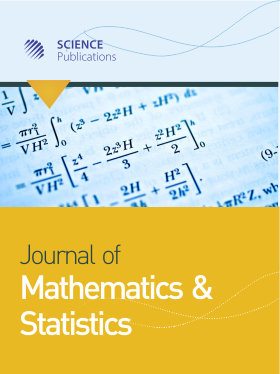Modeling Traffic Flow and Management at Un-signalized, Signalized and Roundabout Road Intersections
Abstract
Traffic congestion continues to hinder economic and social development and also has a negative impact on the environment. A simple mathematical model is used to analyze the different types of road intersections in terms of their Performance in relation to managing traffic congestion and to establish the condition for stability of the road intersections after sufficiently longer periods of time (steady-state). In the analysis, single and double lane un-signalized, signalized and roundabout intersections are evaluated on the basis of their performance (expected number of vehicles and waiting time). Experimental scenarios are carefully designed to analyze the performance of the different types of intersections. It is noted that under light traffic, roundabout intersections perform better than un-signalized and signalized in terms of easing congestion. However under heavy traffic, signalized intersection perform better in terms of easing traffic congestion compared to un-signalized and roundabout intersections. It is further noted that for stability of a road intersection, the proportion of the time a road link stopping at an intersection is delayed should not exceed the utilization factor (the ratio of the arrival rate of vehicles to the product of number of service channels and service rate).
DOI: https://doi.org/10.3844/jmssp.2005.194.202

- 5,187 Views
- 4,398 Downloads
- 33 Citations
Download
Keywords
- Traffic flow
- road intersections
- waiting time
- expected number
